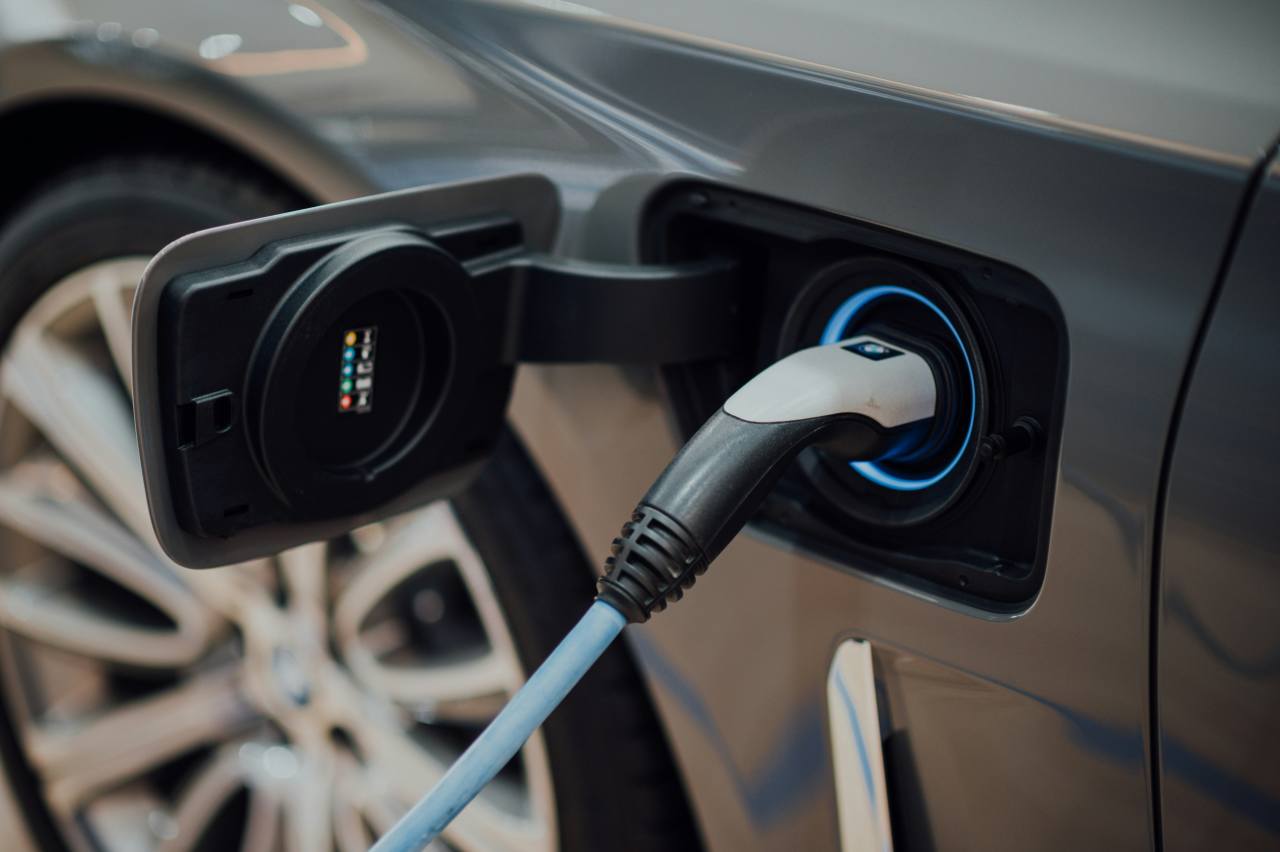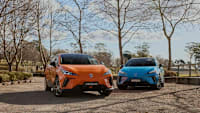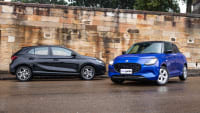Although the benefits of electric cars are pretty obvious by now — they produce no harmful emissions and run on electricity, which can be both cheaper and cleaner than fossil fuels — there are still those who like to point out that the electricity used to power them often comes from burning coal, thus making any perceived benefits irrelevant.
It’s even led some people to ask, could electric cars save the coal industry? The answer there, of course, is probably not. But it’s something that needs to be addressed: is the environmental impact of electric cars worse than we’re led to believe?
The short version, which will bring the haters no joy, is that EVs are far more efficient than internal-combustion engine (ICE) cars, regardless of whether or not coal is used to create the electricity they need to run.
For those not prepared to simply take our word for it, here’s a more detailed look at electric car efficiency vs ICE car efficiency, and how the use of coal plays into things.
EVs vs ICE cars: which is more energy efficient?
Here’s a startling fact about fossil fuels you may not be aware of: somewhere between 15 and 40 per cent of the fuel is used to actually power the wheels and get the car moving along the road, while the rest is completely wasted through heat losses and through powering auxiliary devices, among other contributing factors.
But there’s also the unavoidable fact that ICE cars burn fuel while idling, a problem that is obviously far worse in more densely populated areas with heavy traffic conditions.
The result is an unholy trinity of wasted money on fuel that’s not getting you anywhere, a less-efficient car and more CO2 being pushed out into the atmosphere.
If you think that puts combustion cars in a significantly weaker position in the ‘Why are electric cars good compared to ICE cars?’ debate, you’d be bang on.
Using 63kWh as the average battery size, EVs have an energy loss of between 31 and 35 percent — and that’s before taking into account potential recuperation from energy regeneration, like regenerative braking (a technology in EVs that takes the kinetic energy created when the car slows down and converts it to electricity that can be used to power the electric motor, or stored in the car’s battery for later use).
.jpg)
Those energy losses in an EV can be broken down into 18 per cent lost due to motor components, 10 per cent of the energy from the grid lost due to the charging process, four per cent lost due to powering auxiliary components, and three per cent lost due to powertrain cooling and other vehicle systems.
According to a recent Yale Climate Connections report, even if the energy grid was entirely fuelled by coal, EVs would still require 31 per cent less energy compared to ICE cars.
The efficiency of power stations
Even though ICE cars waste lots of the energy they draw from fossil fuels, power plants that use fossil fuels are far more efficient, chiefly due to the fact they are designed to maximise thermodynamic efficiency, resulting in an energy efficiency of somewhere between 40 to 55 per cent.
In 2021, 29 per cent of Australia's total electricity generation was from renewable energy sources, including solar (12 per cent), wind (11 per cent) and hydro (six per cent), with the remaining 71 per cent generated using fossil fuels, including coal (51 per cent), gas (18 per cent) and oil (two per cent).
Studies have shown that even if a power plant was solely run using fossil fuels, an electrified passenger fleet would still reduce emissions by between five and 29 per cent.
EVs and renewable energy
So while the EV haters may cry big, salty tears over the fact electric cars remain more efficient than ICE cars, even if the electricity they use is generated by coal, it’s important to point out that that’s a worst-case scenario.
Best-case scenario? The EV uses electricity generated from renewable energy like solar, wind or hydro, lessening the car’s carbon footprint even further, and reducing your fuel bill to basically nothing.
And rather than simply be energy-sucking vampires intent on bleeding the grid dry, EVs can actually give back to the grid when it needs a top up.
A new trend emerging in EVs is Vehicle To Grid technology (V2G), and it’s exactly what it sounds like: a way for the EV to give excess energy to the grid during periods of peak demand, all thanks to a device called a bi-directional charger.
.jpg)
While it’s still a new technology — only the Nissan Leaf, Mitsubishi Outlander PHEV and Mitsubishi Eclipse Cross PHEV are V2G-equipped currently — and some regulatory red-tape needs cutting through before it’s cleared for public use, V2G treats your EV like the giant battery on wheels that it is, and even has the ability to power your home.
Just imagine a world where there’s a mass uptake of EVs, each acting like a battery that gives and takes from the grid as needed, keeping things stabilised and secure.
Could electric cars save the electricity industry at large? Seems like a hyperbolic statement, but the facts point towards EVs putting ICE cars on, ahem, ice sooner rather than later.





.jpg)


.jpg)

.jpg)

.jpg)



.jpg)

.jpg)

.jpg)
.jpg)